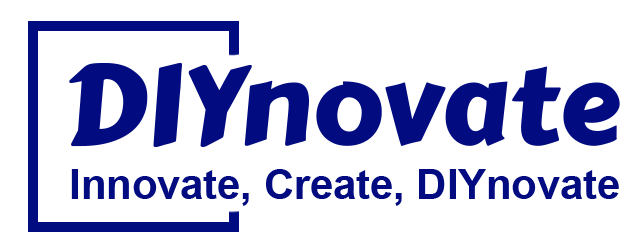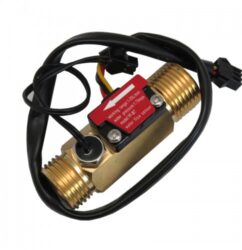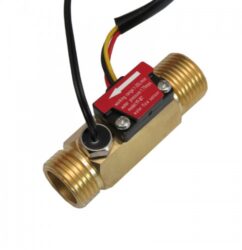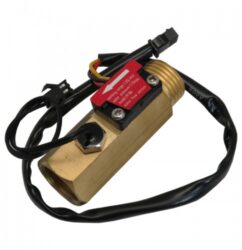- 3D Printer
UPS SERVICE
Shipping & ReturnsSTORES
Find retail locationsFREE SHIPPING
For orders above €100
CUSTOMER CARE
For All Your Questions
- Wireless & IOT
UPS SERVICE
Shipping & ReturnsSTORES
Find retail locationsFREE SHIPPING
For orders above €100
CUSTOMER CARE
For All Your Questions
- Sensors
UPS SERVICE
Shipping & ReturnsSTORES
Find retail locationsFREE SHIPPING
For orders above €100
CUSTOMER CARE
For All Your Questions
- Modules
UPS SERVICE
Shipping & ReturnsSTORES
Find retail locationsFREE SHIPPING
For orders above €100
CUSTOMER CARE
For All Your Questions
- Microcontroller Unit (MCU)
UPS SERVICE
Shipping & ReturnsSTORES
Find retail locationsFREE SHIPPING
For orders above €100
CUSTOMER CARE
For All Your Questions
- Development Boards
UPS SERVICE
Shipping & ReturnsSTORES
Find retail locationsFREE SHIPPING
For orders above €100
CUSTOMER CARE
For All Your Questions
Step3: Essential 3D Printing Tools & Accessories: A Beginner’s Must-Have List
Introduction
Starting your journey in 3D printing can be exciting, but without the right tools and accessories, it can quickly become frustrating. Many beginners struggle with failed prints, difficult post-processing, and maintenance issues simply because they don’t have the right setup. In this guide, we’ll cover all the essential tools and accessories you need to improve print quality, maintain your printer, and streamline your 3D printing experience.
Basic Tools Every 3D Printer Owner Needs
- Spatula/Scraper
- Helps remove prints from the build plate without damage.
- A flexible scraper is great for delicate models, while a rigid one is useful for strong adhesion cases.
- Needle-Nose Pliers
- Ideal for removing support structures and handling small components.
- Also helps with gripping filament when loading/unloading.
- Deburring Tool/X-Acto Knife
- Used to smooth rough edges and remove imperfections in printed models.
- A must-have for cleaning up 3D prints and making them look polished.
- Calipers
- Digital or analog calipers are essential for measuring accuracy in prints.
- Helps with calibrating printer settings and verifying dimensions of parts.
Maintenance & Calibration Accessories
- Bed Leveling Tools
- Proper bed leveling is key to successful prints.
- Consider an automatic bed leveling sensor or a simple piece of paper for manual leveling.
- Lubricants & Cleaning Brushes
- Keeps the printer’s moving parts running smoothly.
- Use brushes to clean dust, debris, and filament residue from extruder gears and rails.
- Replacement Nozzles
- Different nozzle sizes offer varied print detail and speed.
- Standard 0.4mm is common, but 0.2mm is great for fine details, and 0.6-0.8mm is ideal for fast printing.
Filament & Storage Essentials
- Silica Gel Packs & Dry Boxes
- Protects filament from absorbing moisture, which can ruin prints.
- Dry boxes are useful for long-term filament storage.
- Filament Spool Holders
- Ensures smooth and consistent filament feeding.
- Some printers have built-in holders, but external spool holders provide more flexibility.
- Best Filaments for Beginners
- PLA (easy to print, non-toxic, great for beginners).
- ABS (stronger but requires good ventilation).
- TPU (flexible but challenging to print).
- PETG (a balance between PLA and ABS, durable and food-safe).
Safety Gear & Environment Setup
- Ventilation & Enclosures
- Resin printers and high-temp materials require proper airflow.
- Enclosures help maintain a stable temperature and reduce noise.
- Gloves, Masks, and Safety Glasses
- Essential for handling resin and high-temperature prints safely.
- Always wear proper protection when dealing with chemicals and hot surfaces.
Bonus: Software & Slicing Tools
- Best Slicing Software
- Cura (Beginner-friendly, works with most FDM printers).
- PrusaSlicer (Great for advanced settings and multi-material prints).
- Chitubox/Lychee (For resin printers, supports detailed settings and supports generation).
- Useful 3D Model Repositories
- Thingiverse (Huge collection of free models).
- Printables (Community-driven with competitions and rewards).
- MyMiniFactory (Premium designs with high-quality prints).
Conclusion
Having the right tools makes 3D printing easier, safer, and more enjoyable. Whether you’re a complete beginner or looking to refine your workflow, these accessories will help you achieve better results and maintain your printer effectively.
What’s Next?
In the next post, we’ll cover Common 3D Printing Problems & How to Fix Them, where we tackle issues like layer shifting, adhesion problems, and stringing. Stay tuned!




